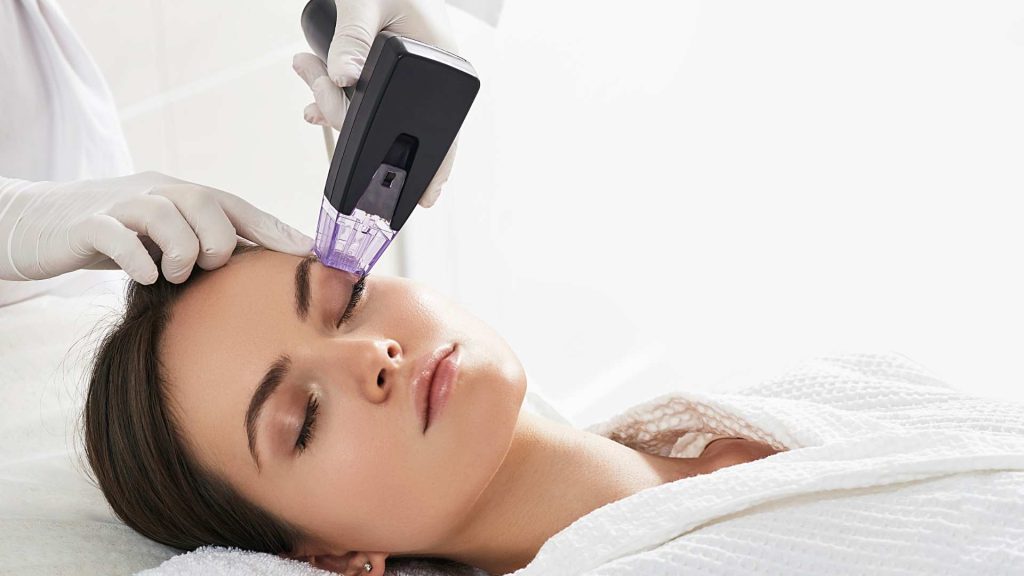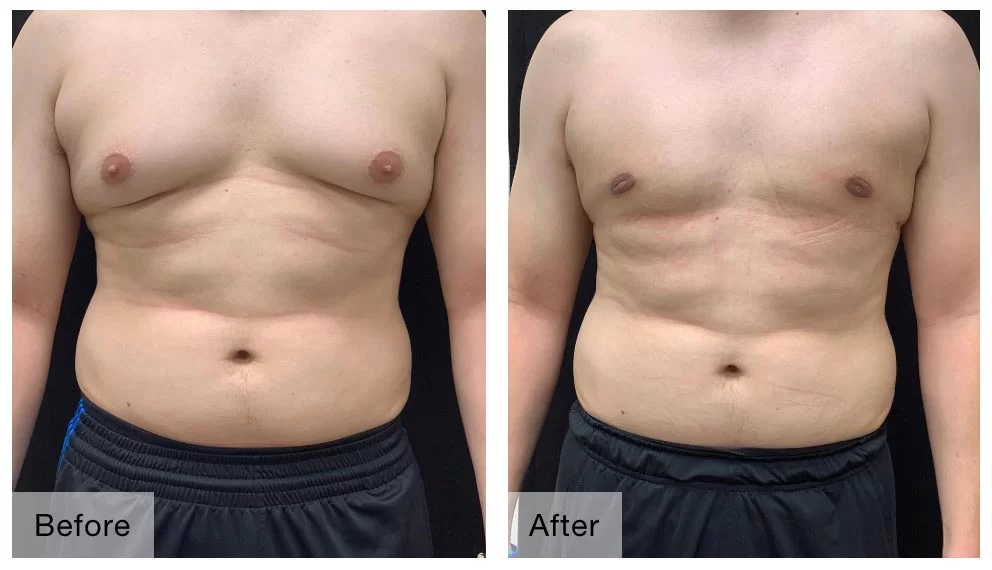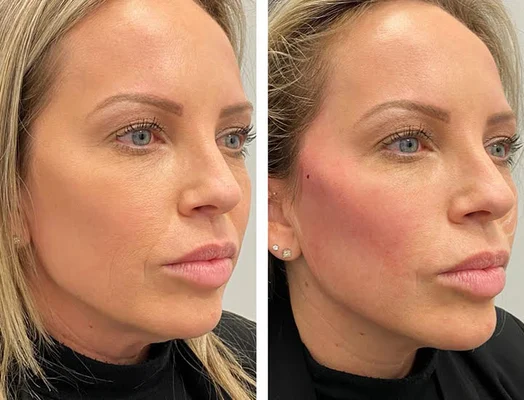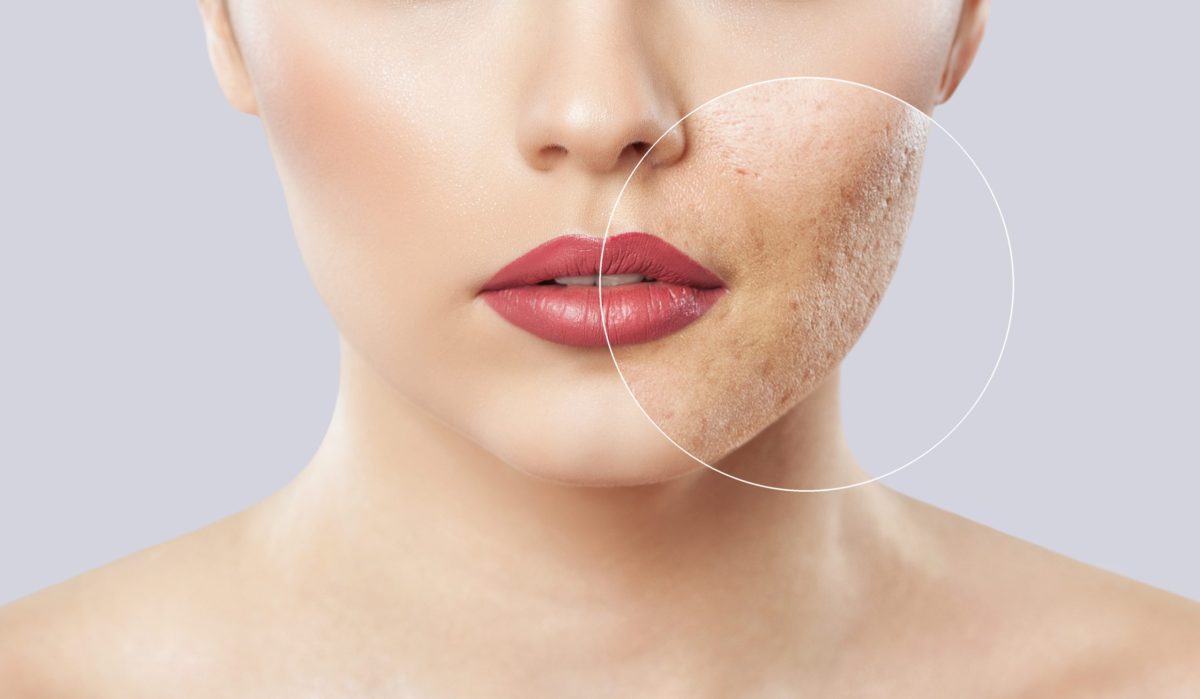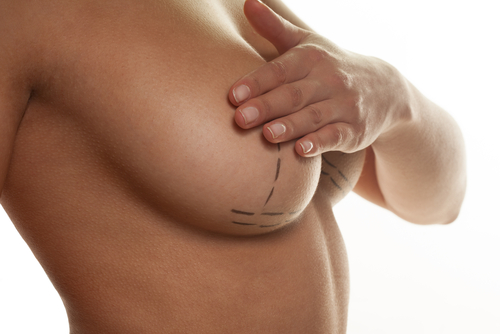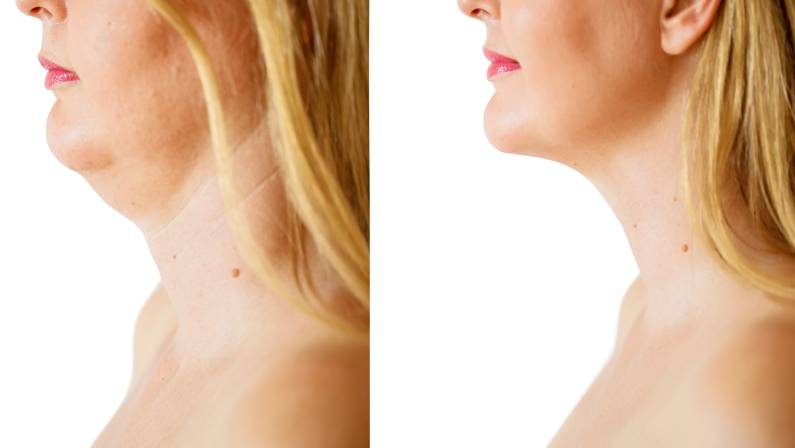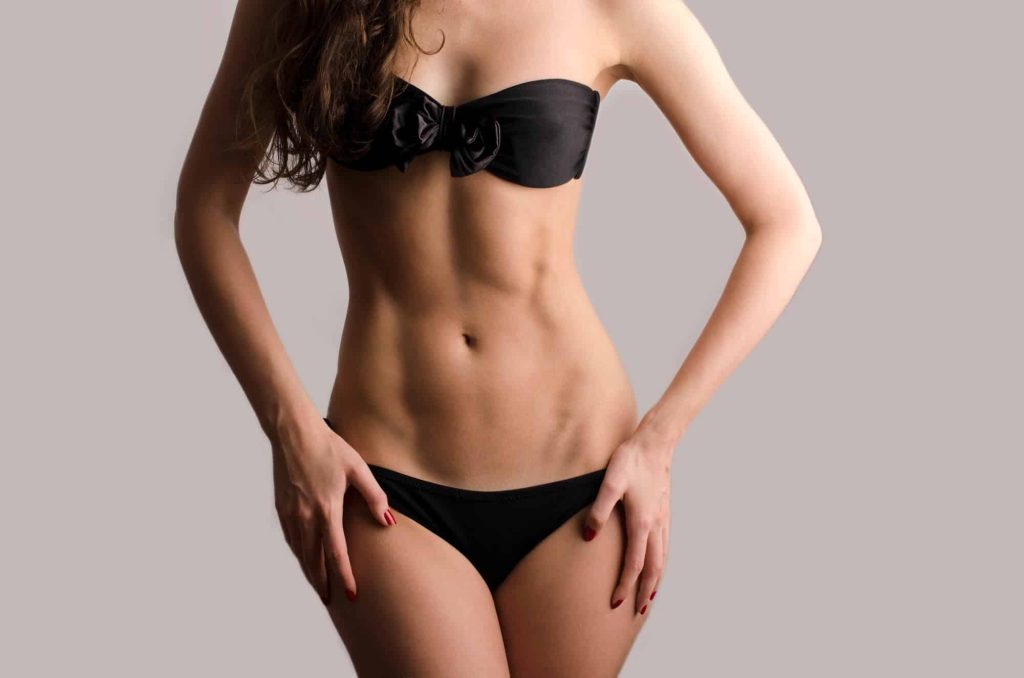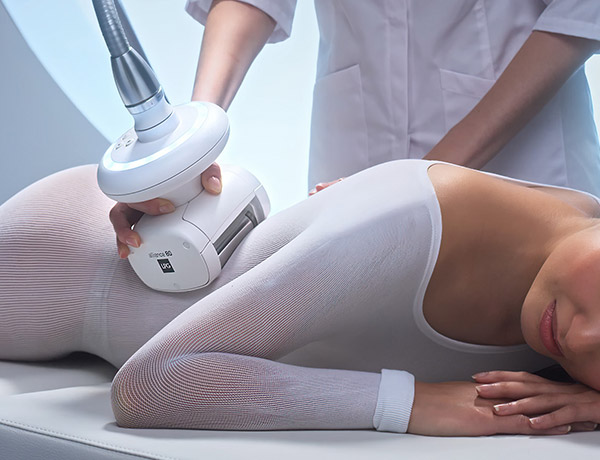Liposuction for axillary fat is a game-changer for those struggling with stubborn underarm fat, providing contoured underarms and addressing the armpit crease in the upper arms. Many people face challenges in this area despite diet and exercise efforts, often dealing with unattractive fat that leads them to consider excessive liposuction as a way to perform liposuction. This procedure targets those pesky pockets of fat using advanced liposuction techniques, providing a smoother, more contoured appearance in areas like the breast and through methods such as axillary liposuction and underarm airsculpt.
Unlike traditional weight loss methods, liposuction, including specialized armpit fat removal procedures and armpit fat excision, offers quick results and a boost in confidence for those looking to enhance their breast area. It’s not just about looking good; it’s about feeling great in your own skin, whether for men considering breast procedures, axillary lipo, or armpit fat excision. With advancements in techniques, recovery times have improved significantly. Patients can expect minimal downtime and effective results that last, especially with armpit fat removal using suction in the armpit fat area for men. Discover how liposuction, including armpit fat removal, can transform your body and enhance your self-esteem without the hassle of endless workouts or restrictive diets.
Understanding Axillary Fat
Definition
Axillary fat refers to the accumulation of excess fat in the underarm area, often addressed through suction. This specific fat area can often be seen as an axillary roll in the arm after suction. Many people find this type of fat unattractive. It can affect how clothes fit, including armpit fat removal, and how one feels about their appearance.
Causes
Genetics play a significant role in developing axillary fat. Some individuals are more prone to fat deposits in this region, including the arm, due to their family history. Hormonal changes also contribute to the formation of underarm fat. For instance, fluctuations during puberty, pregnancy, or menopause can lead to increased body fat in the arm area.
Weight gain is another factor that influences the presence of axillary fat in the arm. As overall body fat increases, it often leads to additional fat accumulation in various areas, including the underarms. Many people struggle with this issue, especially if they have tried dieting and exercise without success, including armpit fat removal.
Resistance to Diet and Exercise
Axillary fat can be particularly stubborn. Many individuals find that traditional methods like diet and exercise do not significantly reduce these fat deposits in the arm. This resistance can be frustrating for those trying to achieve a slimmer appearance, including armpit fat removal.
For some, targeted exercises may help tone the arm muscles around the area but might not eliminate the excess fat completely. This reality makes arm axillary fat a common concern for many seeking cosmetic solutions.
Cosmetic Procedures
Given that axillary fat, especially in the arm, can resist typical weight-loss methods, many consider cosmetic procedures like liposuction. Liposuction specifically targets these stubborn areas effectively. It removes unwanted fat deposits through a suction technique.
Patients often seek liposuction for its ability to create a smoother contour in the underarm region through armpit fat removal. The procedure can enhance confidence and improve body image.
Emotional Impact
Dealing with excess fat in the underarm area can impact self-esteem. Individuals may feel self-conscious when wearing sleeveless clothing or swimsuits, especially regarding armpit fat removal. This emotional aspect drives many to seek solutions, including armpit fat removal and surgical options.
In summary, understanding axillary fat in the arm involves recognizing its definition, causes, and resistance to conventional weight-loss methods. Many turn to cosmetic procedures for effective removal of these unwanted fat deposits, especially in the arm.
What is Armpit Liposuction
Procedure Overview
Armpit liposuction is a surgical method to remove underarm fat. This procedure breaks down fat cells into small molecules. Surgeons then use a suction technique for armpit fat removal to extract these molecules. The goal is to create a slimmer appearance in the underarm area through armpit fat removal.
This method has gained popularity due to rising beauty standards, including armpit fat removal. People seek ways to enhance their body shape and eliminate stubborn fat. Armpit fat can be resistant to diet and exercise. As a result, many individuals consider this armpit fat removal procedure for achieving their desired look.
Evolution of Techniques
Over time, armpit liposuction has evolved significantly. Early techniques involved larger incisions and longer recovery times. Today’s methods are more advanced and less invasive. Modern technology allows for smaller incisions and quicker healing processes.
Surgeons now use techniques like tumescent liposuction. This involves injecting a solution into the fatty tissue before removal. The solution helps numb the area and reduce bleeding. This advancement enhances both safety and comfort during the procedure.
Safety Improvements
Today’s armpit liposuction is safer than ever before. Improved techniques have led to fewer complications. Surgeons receive better training with newer technologies. They can perform procedures with greater precision.
Patients also benefit from better anesthesia options. Local anesthesia allows for reduced pain without heavy sedation. This means patients often recover more quickly and experience less discomfort.
Health Considerations
Health remains a vital aspect of any surgical procedure, including armpit liposuction. Candidates should be in good overall health before undergoing surgery. It’s essential to discuss any medical conditions with a surgeon beforehand.
Surgeons evaluate patients based on their individual needs. They assess skin elasticity and body type as part of the consultation process. Understanding these factors helps ensure the best possible results.
Expected Results
Results from armpit liposuction can vary among individuals. Many people notice a significant reduction in underarm fat after the procedure. This change can boost confidence and improve body image.
Patients typically see results within a few weeks post-surgery as swelling subsides. Full recovery may take several months, depending on individual circumstances.
Benefits of Axillary Fat Removal
Enhanced Appearance
Removing axillary fat can significantly enhance the appearance of the underarm area. Many people struggle with unwanted fat in this region, leading to discomfort and self-consciousness. The procedure helps create a smoother contour. This gives a more toned look to the arms and upper body.
Individuals often find that their overall body shape improves after the removal. A well-defined underarm area can contribute to a more balanced silhouette. This change can be especially noticeable when wearing fitted or sleeveless clothing.
Increased Self-Confidence
The impact on self-confidence is another key benefit of axillary fat removal. Many individuals feel anxious about showing their arms due to excess skin or fat. After the procedure, they often report feeling more comfortable in their skin. This newfound comfort encourages them to wear clothing they previously avoided.
Feeling good about one’s appearance can lead to a positive shift in mindset. Patients often express greater enthusiasm for social events and activities. They may find themselves participating in activities like swimming or wearing tank tops without hesitation.
Long-Lasting Results
Liposuction can provide long-lasting results, but maintaining these results requires effort. If patients keep a stable weight, they can enjoy the benefits for years. The procedure removes fat cells from the underarm area. Once removed, these cells do not return, making it less likely for the area to regain excess fat.
However, fluctuations in weight can affect overall body shape. Gaining weight may lead to new fat deposits in other areas, which could alter the desired look. Therefore, adopting a healthy lifestyle is crucial after surgery.
Improved Comfort
Comfort is another practical advantage of removing excess skin and unwanted fat from the armpit area. Many individuals experience chafing or irritation due to excess tissue during physical activities. After liposuction, they often notice reduced friction and discomfort.
This newfound comfort allows for more freedom of movement during workouts or daily tasks. People can engage in physical activities without worrying about irritation or embarrassment related to their appearance.
Ideal Candidates for Armpit Liposuction
Age Requirement
Candidates must be over 18 years old. This age requirement ensures that individuals are legally adults and can make informed decisions about their health.
Health Status
Good mental health is essential for anyone considering liposuction. Candidates should understand the procedure and its implications fully. This understanding helps them manage expectations and follow post-operative care instructions effectively.
Weight Management Challenges
Many people struggle to lose underarm fat through traditional methods like diet and exercise. For these individuals, armpit liposuction offers a viable option. Those who have reached a stable weight but still have stubborn fat may benefit most from this procedure.
Realistic Expectations
It’s crucial for candidates to have realistic expectations about the outcomes of liposuction. The procedure can significantly reduce fat in the armpit area, but it won’t change overall body shape or size dramatically. Understanding this can lead to higher satisfaction after the surgery.
Gender Consideration
Men often seek liposuction for axillary fat removal as well. They may find it challenging to eliminate excess fat in the underarm area through exercise alone. For these men, the procedure can provide a more toned appearance.
Consultation Importance
A consultation with a qualified surgeon is vital before proceeding with liposuction. During this meeting, candidates can discuss their goals and concerns. Surgeons assess whether they are suitable candidates based on individual health profiles.
Long-Term Commitment
Candidates should also commit to maintaining a healthy lifestyle post-surgery. Liposuction removes fat cells, but it does not prevent new fat from forming if unhealthy habits continue. A balanced diet and regular exercise are necessary to keep results long-lasting.
Financial Considerations
Cost is another factor for potential candidates to consider. Liposuction is typically not covered by insurance as it is considered a cosmetic procedure. Individuals should evaluate their budget and possibly explore financing options if needed.
When to Avoid Underarm Liposuction
Health Conditions
Individuals with heart disease should not consider underarm liposuction. This procedure can put extra strain on the heart. Blood pressure issues also pose serious risks. High or low blood pressure can complicate surgery and recovery. Those with blood clotting dysfunction face similar dangers. These conditions may lead to excessive bleeding during or after the procedure.
Diabetes and Neurological Issues
Severe diabetes is another reason to avoid this surgery. It can slow healing and increase infection risk. Neurological diseases can impair body responses, making recovery more difficult. Patients with these conditions need to discuss alternatives with their doctors.
Pregnancy and Menstruation
Pregnant women should never undergo liposuction. The body goes through many changes during pregnancy. Hormonal fluctuations can affect anesthesia and healing. Breastfeeding women also need to wait. Hormones released during this time can impact the results of the procedure.
Menstruation is another factor to consider. While it’s not a strict contraindication, undergoing surgery during menstruation can be uncomfortable. Hormonal changes may increase pain sensitivity and discomfort.
Medication Concerns
Certain medications can make underarm liposuction unsuitable. Anticoagulants, for instance, thin the blood. They raise the risk of excessive bleeding during surgery. Patients need to inform their surgeon about all medications they take. This includes over-the-counter drugs and supplements.
Age Considerations
Age can play a role in determining candidacy for liposuction. Older patients may have different health concerns that affect their recovery. Skin elasticity decreases with age, which might not yield desired results post-surgery.
Emotional Readiness
Emotional readiness is crucial when considering any cosmetic procedure. Individuals should be in a stable mental state before undergoing surgery. Stress or anxiety can impact recovery and satisfaction with results.
Risks of Armpit Liposuction
Pain Factors
Pain is a common risk associated with armpit liposuction. Many patients report discomfort post-surgery. This pain can vary in intensity, depending on individual pain tolerance and the extent of the procedure.
eness usually lasts for several days. In some cases, it may require pain medication for relief. Patients should prepare for this possibility before undergoing the procedure.
Unattractive Results
Unattractive results can occur after liposuction. Some individuals may experience uneven skin or contour irregularities. These issues can lead to dissatisfaction with the outcome.
In rare instances, patients may develop skin necrosis or visible scarring. Such complications can affect self-esteem and confidence. It is crucial to discuss expected results with a qualified surgeon beforehand.
Excessive Suction
Excessive suction is another risk during armpit liposuction. Surgeons must balance removing enough fat while preserving surrounding tissues. Too much suction can lead to complications like skin dimpling or contour deformities.
Surgeons should follow established guidelines to avoid these issues. Understanding how much fat to remove is vital for achieving optimal results.
Anesthesia Complications
Anesthesia carries its own set of risks during surgery. Some patients may have allergic reactions or complications from anesthesia. These reactions can range from mild to severe.
Bleeding is also a potential complication during the procedure. Surgeons must be vigilant in monitoring blood loss. Significant bleeding can lead to hematomas or additional medical interventions.
Modern Technology’s Role
Modern technology plays a significant role in minimizing risks. Advanced techniques such as ultrasound-assisted liposuction can improve precision. These methods help surgeons target specific areas more effectively.
Choosing a reputable facility also reduces risks significantly. Experienced surgeons are more likely to deliver safe and effective procedures. Researching credentials and patient reviews is essential for selecting the right clinic.
Importance of Consultation
Consultation with a qualified surgeon is critical. Discussing personal health history helps identify any potential risks specific to each patient. Surgeons can provide tailored advice based on individual needs and concerns.
Patients should feel comfortable asking questions about the procedure and recovery process. Understanding what to expect can alleviate anxiety and promote informed decision-making.
The Armpit Liposuction Procedure
Customer Consultation
A thorough customer consultation is the first step in the armpit liposuction process. Here, the surgeon assesses the patient’s goals and expectations. Discussions cover medical history and any previous surgeries. Patients should feel comfortable asking questions about the entire liposuction procedure. This conversation helps ensure that both parties are on the same page.
Health Checkup
Next, a health checkup is essential. Surgeons evaluate overall health to identify any potential risks. Blood tests may be conducted to assess blood clotting and other factors. This assessment is crucial for safe execution of the procedure. It ensures patients are fit for axillary lipo.
Anesthesia
Anesthesia is administered before starting the procedure. Depending on the case, local or general anesthesia may be used. Local anesthesia numbs only the armpit fat area, while general anesthesia makes patients unconscious during surgery. The choice depends on patient comfort and the extent of fat removal.
Liposuction
The actual liposuction involves several steps. Surgeons make small incisions in the underarm area. They insert a thin tube called a cannula through these incisions. This tube helps to suction out excess fat from the armpit fat area. Surgeons use advanced liposuction techniques to minimize trauma to surrounding tissues. Careful and accurate performance during this step is vital for optimal results.

Wound Closure
After removing the desired amount of fat, surgeons close the incisions with sutures. The goal is to ensure minimal scarring post-surgery. Patients often experience less visible scars due to the small size of incisions made during traditional armpit liposuction.
Postoperative Care
Postoperative care plays a significant role in recovery. Patients receive instructions on how to care for their wounds and manage discomfort. Swelling and bruising are common but usually subside within a few weeks. Most people can return to normal activities within a short time frame, highlighting minimal downtime associated with this procedure.
Armpit fat removal procedures have become popular due to their effectiveness and relatively low risk when performed by qualified professionals. Understanding each step helps patients prepare for what lies ahead.
Post-Surgery Care Tips
Cleanliness
Keeping the surgical area clean and dry is crucial. This practice helps prevent infection after liposuction for axillary fat. Patients should gently wash the area with mild soap and water. Avoid scrubbing or using harsh products.
Drying the area carefully is also important. Use a soft towel and pat it dry. Moisture can lead to complications, so ensure the skin stays dry.
Compression Garments
Wearing compression garments plays a significant role in recovery. These garments help reduce swelling and support healing. They apply gentle pressure to the treated area, which aids in proper blood flow.
Patients should wear these garments as directed by their doctor. Typically, they need to be worn for several weeks post-surgery. This consistent use can lead to better outcomes and quicker recovery.
Activity Restrictions
Following the surgeon’s instructions on activity restrictions is essential. Each patient’s recovery plan may vary based on individual circumstances. Generally, doctors recommend taking time off work for rest.
Light activities can usually be resumed within a few days. However, strenuous exercises should be avoided for several weeks. This precaution reduces the risk of complications during recovery.
Pain Management
Pain management is another key aspect of post-surgery care. Patients may experience discomfort after anesthesia wears off. Doctors often prescribe pain medication to help manage this pain.
Taking medications as prescribed ensures effective pain control. Avoiding alcohol and certain medications that can increase bleeding is also advised.
Monitoring Complications
Being aware of possible complications is vital for a safe recovery. Common issues include excessive swelling, bruising, or unusual pain. If patients notice any signs of infection, such as fever or increased redness, they should contact their doctor immediately.
Understanding risks involved with surgery helps in making informed decisions. Knowing what to expect can ease anxiety about potential complications.
Hydration and Nutrition
Staying hydrated is important during recovery from liposuction. Drinking plenty of water supports overall health and helps flush out toxins from the body.
Eating a balanced diet rich in vitamins and minerals aids healing too. Foods high in protein can assist in tissue repair and recovery.
Follow-Up Appointments
Attending follow-up appointments is crucial for monitoring progress. Surgeons assess the healing process and address any concerns during these visits. Patients should not hesitate to ask questions about their recovery journey.
Regular check-ins with the doctor ensure everything is on track. It also provides an opportunity to discuss any unexpected changes or feelings.
Recovery After Armpit Liposuction
Recovery Timeline
Recovery time varies for each patient. Generally, it takes a few weeks to heal completely. Most people return to normal activities within one to two weeks. However, full recovery can take up to six weeks. Factors like age, health, and adherence to aftercare influence healing time.
Initial Symptoms
Patients often experience swelling, bruising, and discomfort right after the procedure. Swelling may last for several days and can make the area feel tight. Bruising is common and can appear in various colors before fading away. Discomfort might be managed with prescribed pain medications. It is essential to follow the doctor’s advice regarding pain management.
Follow-Up Appointments
Attending follow-up appointments is crucial for monitoring recovery progress. These visits allow doctors to check the surgical site and ensure proper healing. Patients should voice any concerns during these appointments. Early intervention can prevent complications and promote a smoother recovery.
Activity Restrictions
After surgery, patients need to limit physical activity for a while. Strenuous exercise should be avoided for at least two weeks. Light activities, like walking, are encouraged to improve circulation but must be approached cautiously. Patients should listen to their bodies and not push themselves too hard.
Compression Garments
Wearing compression garments is vital during recovery. These garments help reduce swelling and support the healing process. They should be worn as directed by the surgeon, typically for several weeks post-surgery. The compression helps maintain skin elasticity and promotes better contouring of the treated area.
Emotional Impact
The emotional aspect of recovery is often overlooked. Patients may feel anxious about their appearance during the healing process. It’s normal to have mixed feelings about how the body looks immediately after surgery. Support from friends or family can help ease these feelings.
Long-Term Results
While initial results may not be visible right away, patience is key. Final results typically become apparent after swelling subsides, usually around three months post-surgery. Maintaining a healthy lifestyle can help sustain these results long-term.
Closing Thoughts
Liposuction for axillary fat can transform your confidence. Understanding the procedure, benefits, and recovery process is crucial. You deserve to feel great in your skin, and armpit liposuction offers a solution for stubborn fat that doesn’t budge with diet or exercise.
If you’re considering this option, consult with a qualified expert to discuss your goals and concerns. They can guide you through the process and help you achieve the results you desire. Take the first step towards a more confident you today!
Frequently Asked Questions
What is axillary fat?
Axillary fat is the excess fat located in the armpit area. It can be challenging to reduce through diet and exercise, leading some individuals to consider surgical options like liposuction.
How does armpit liposuction work?
Armpit liposuction involves using a thin tube called a cannula to remove excess fat from the axillary region. This minimally invasive procedure typically requires local anesthesia.
Who are ideal candidates for armpit liposuction?
Ideal candidates are generally healthy adults with localized fat deposits in the armpit area. They should have realistic expectations and be committed to maintaining a healthy lifestyle post-surgery.
What are the benefits of removing axillary fat?
Removing axillary fat can enhance body contours, improve clothing fit, and boost self-confidence. Many patients report feeling more comfortable in sleeveless attire.
Are there risks associated with armpit liposuction?
Yes, potential risks include infection, scarring, asymmetry, and anesthesia complications. It’s crucial to discuss these with your surgeon beforehand.
How long is the recovery process?
Most patients can return to light activities within a few days but should avoid strenuous exercise for about two weeks. Full recovery may take several weeks.
When should I avoid underarm liposuction?
Avoid underarm liposuction if you have certain medical conditions, are pregnant, or are significantly overweight. Always consult with a qualified surgeon for personalized advice.
